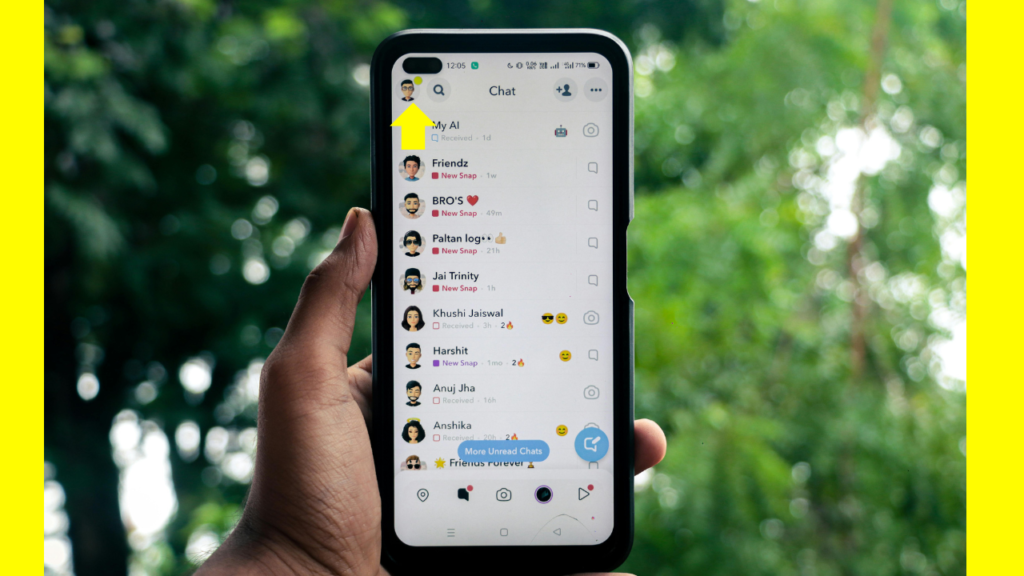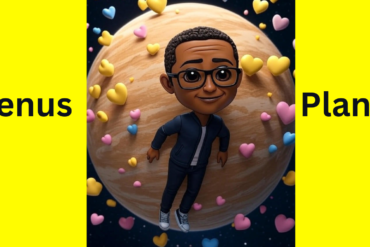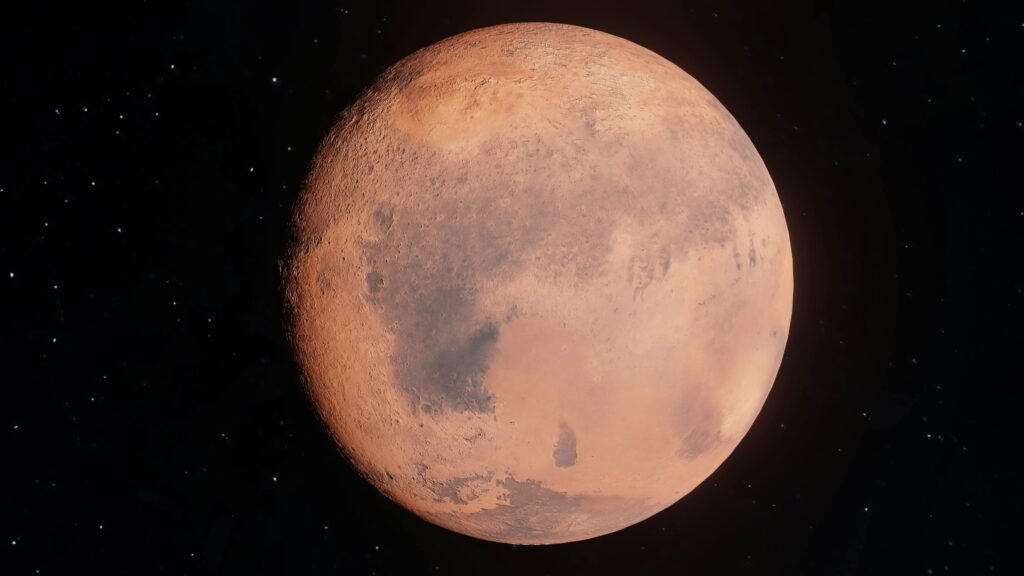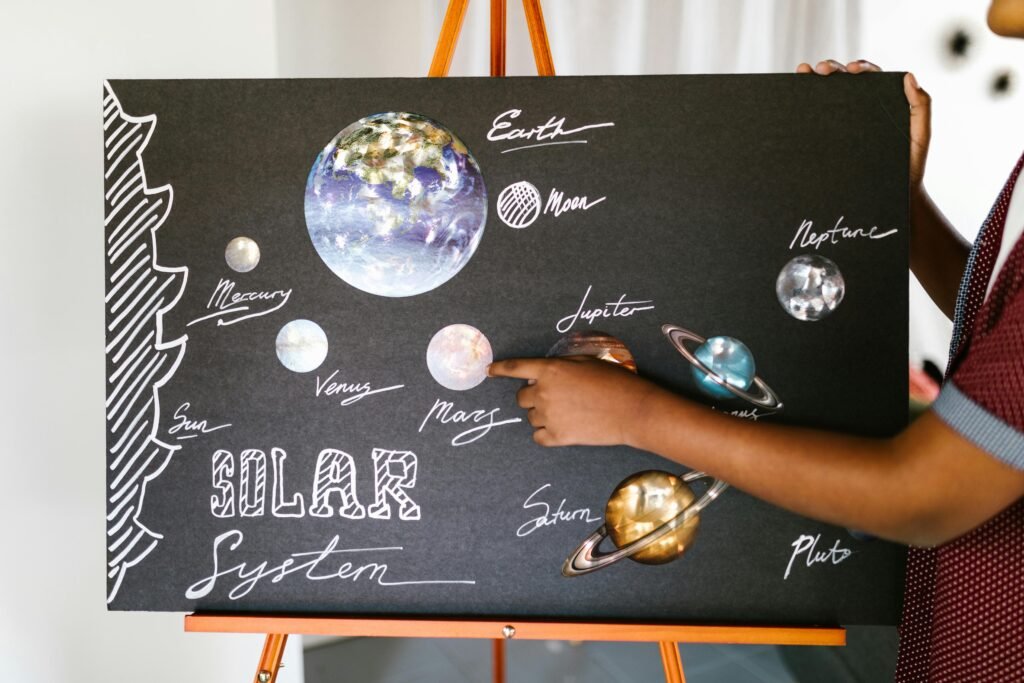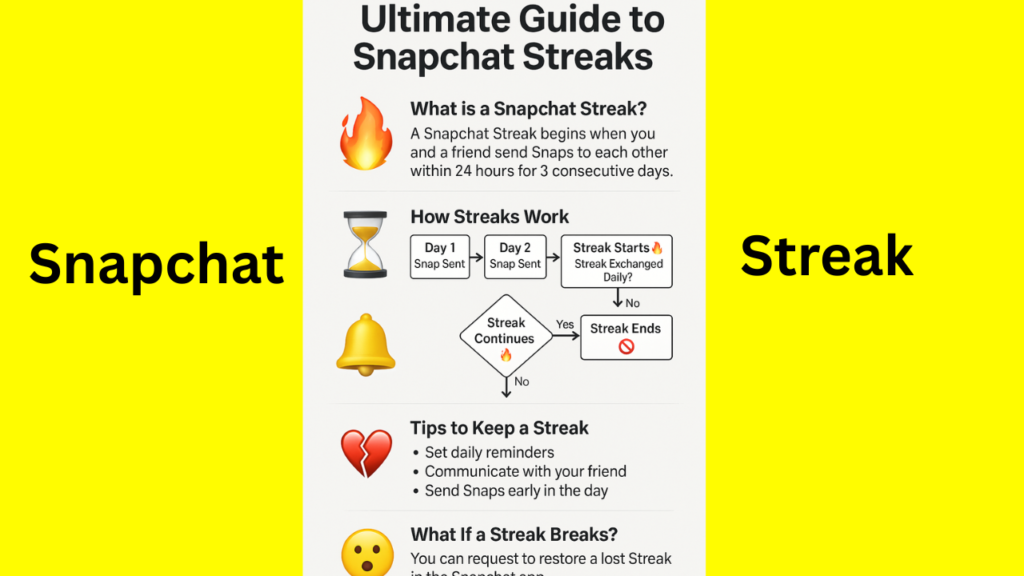
Snapchat streaks—also called Snapstreaks—are more than just fiery icons and numbers. They are a digital badge of consistency, loyalty, and friendship. Whether you're a seasoned Snapchatter or just getting started, understanding the mechanics and significance of Snapchat streaks is crucial for leveling up your social media game.
What is a Snapchat Streak?
A Snapchat Streak begins when two users send each other Snaps (not chats) within a 24-hour period for three consecutive days. After the third day, a fire 🔥 emoji appears next to their name, along with a number that represents how many days the streak has lasted.
How Do Streaks Work? [Snapstreak Mechanics]
To maintain a streak, both friends must send each other at least one Snap every 24 hours. Failing to do so from either side breaks the streak.
Streak Checklist:
✅ Send a Snap (photo or video)
✅ Receive a Snap from the same person
⛔ Do not send chats—won’t count
⛔ Do not send Snaps to groups—won’t count
Streak Emoji System:
| Emoji | Meaning |
|---|---|
| 🔥 | Active Snapstreak |
| ⌛ | Streak about to expire (send a Snap now!) |
| 💯 | Streak lasted 100 consecutive days |
| 😊 | Best friend but no active streak |
| ❤️ | Best friend for two weeks or more |
How to Start a Snapstreak Fast
Pick a Streak Partner: Choose someone who's online daily.
Agree on Time: Set a reminder to Snap each other at the same time every day.
Use Simple Snaps: A quick selfie or black screen with “Streak” text works.
Avoid Missed Days: Missing one day from either side resets the streak.
What Happens If a Streak Breaks?
If either user fails to send a Snap within 24 hours, the streak ends. The fire emoji and the count disappear. But don’t panic—Snapchat allows you to restore lost streaks under specific conditions.
How to Restore a Lost Streak:
Tap your Bitmoji → Settings ⚙️
Scroll to “Support” → “I Need Help”
Choose “Snapstreaks”
Tap “Let us know”
Fill out the request form to restore the streak
Tips to Keep a Long Snapchat Streak
🔔 Set daily reminders or alarms
🤳 Send Snaps even if you’re busy—use the camera with a black screen and text
🕑 Snap early in the day to avoid forgetting later
👯 Communicate with your streak partner about off days or travel
📶 Use offline Snaps—Snapchat will send once you're reconnected
Best Practices to Build Healthy Streak Habits
Be intentional: Don’t chase streaks for numbers—use it to deepen friendships.
Avoid burnout: Don’t feel pressured to maintain hundreds of streaks.
Use automation tools: Consider calendar alerts or task apps like Todoist.
Stay updated: Snapchat regularly updates its algorithm—follow official channels.
Snapchat Streaks in 2025: What’s New?
In 2025, Snapchat has introduced:
Auto-reminders: You get notified before your streaks expire.
Friendship Analytics: Track Snap history, response times, and Snap scores.
Streak Rewards: Users hitting milestone streaks (100, 500, 1000 days) receive custom Bitmoji merch and exclusive filters.
Final Thoughts
Snapchat Streaks are more than digital numbers—they’re proof of active connection. Whether you're at 3 days or 3,000, consistency is key. Use smart strategies, stay connected, and never miss a day with your streak buddy.
FAQs About Snapchat Streaks
Q1: Can I maintain multiple streaks at once?
Yes. Snapchat has no limit. Many users manage 100+ streaks simultaneously.
Q2: Do chats and group Snaps count toward streaks?
No. Only individual photo/video Snaps count.
Q3: Can I send the same Snap to multiple people to maintain streaks?
Yes. As long as each Snap is individually sent—not via a group.
Q4: What does the hourglass ⌛ emoji mean?
It means your streak is about to expire. Send a Snap immediately to save it.
Q5: What’s the longest Snapstreak ever recorded?
As of 2025, the longest known streak is 3,000+ days, ongoing since Snapchat launched the feature in April 2015.


